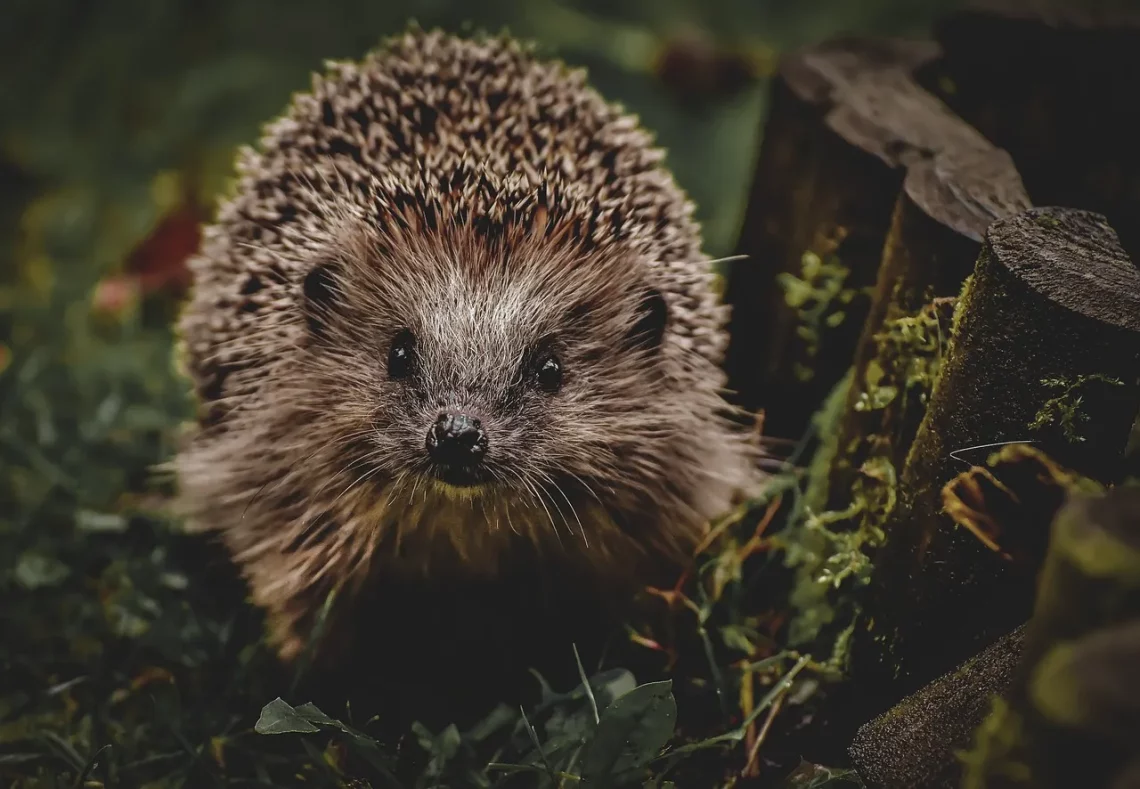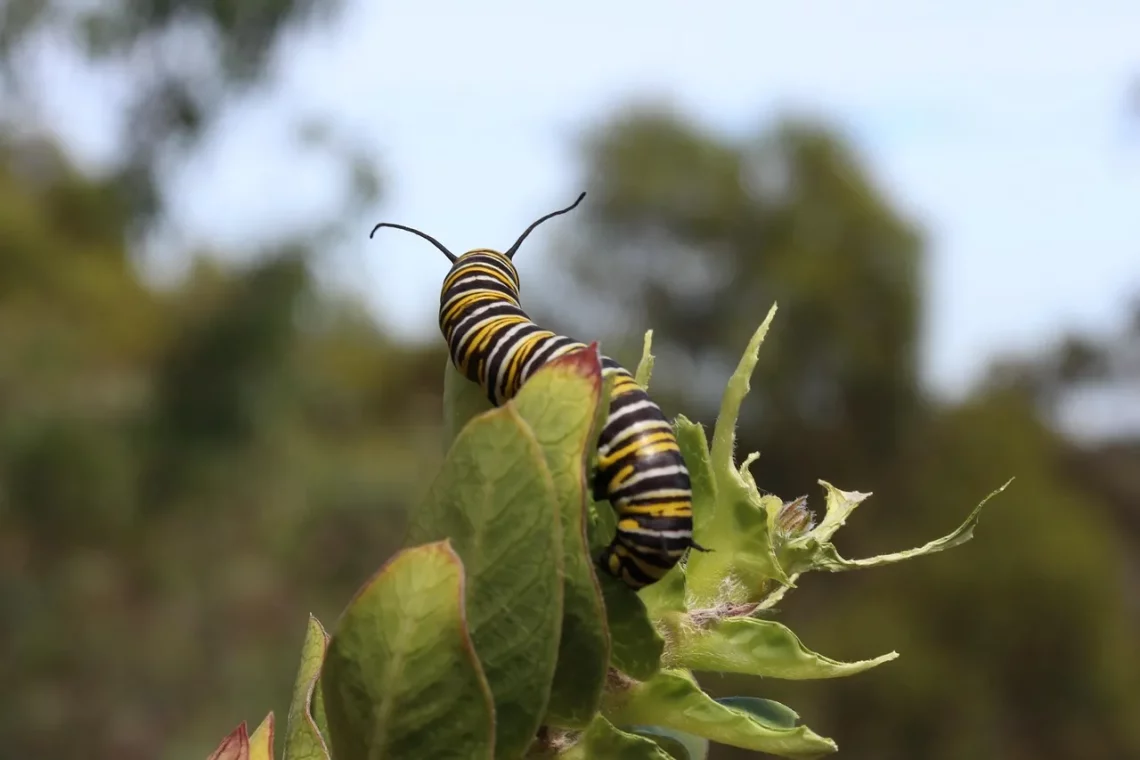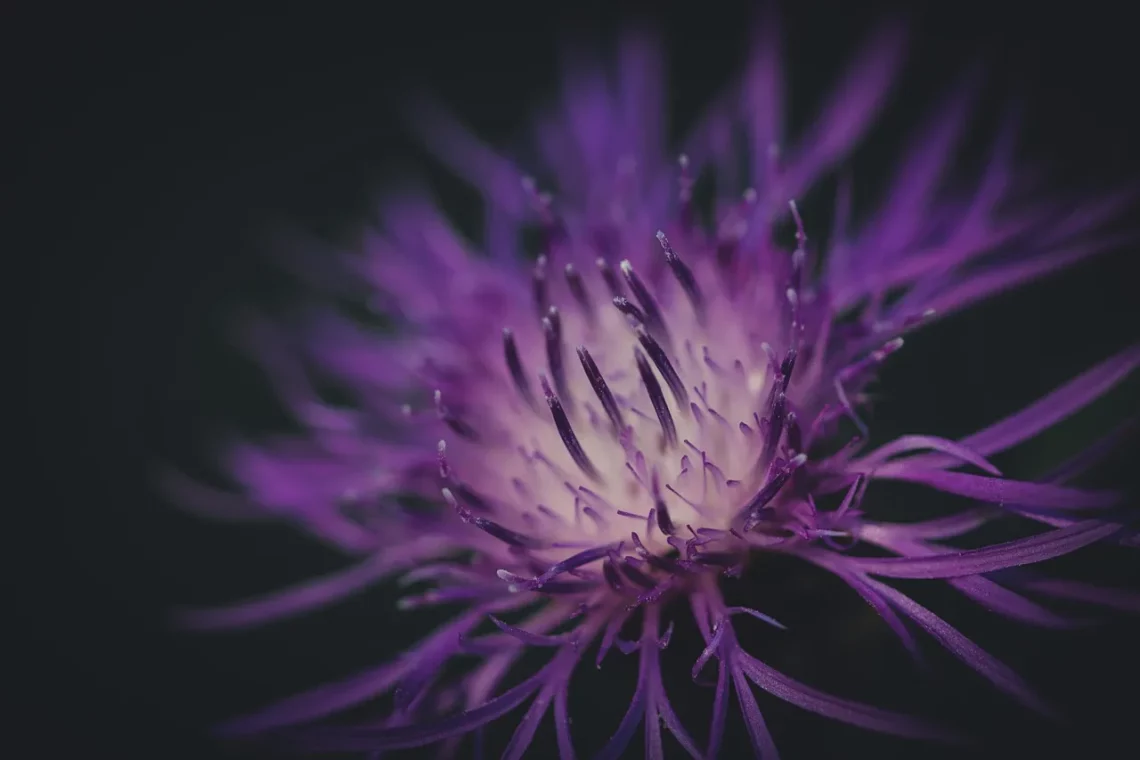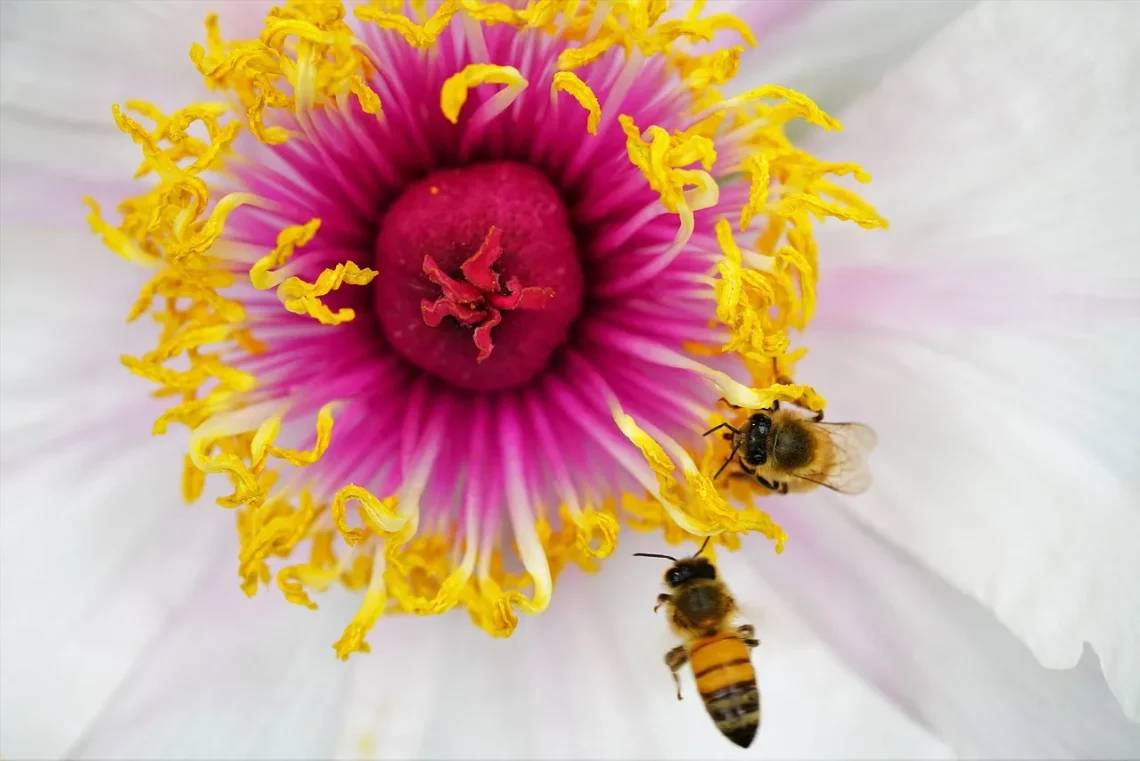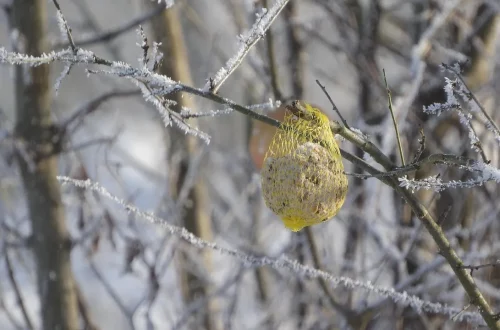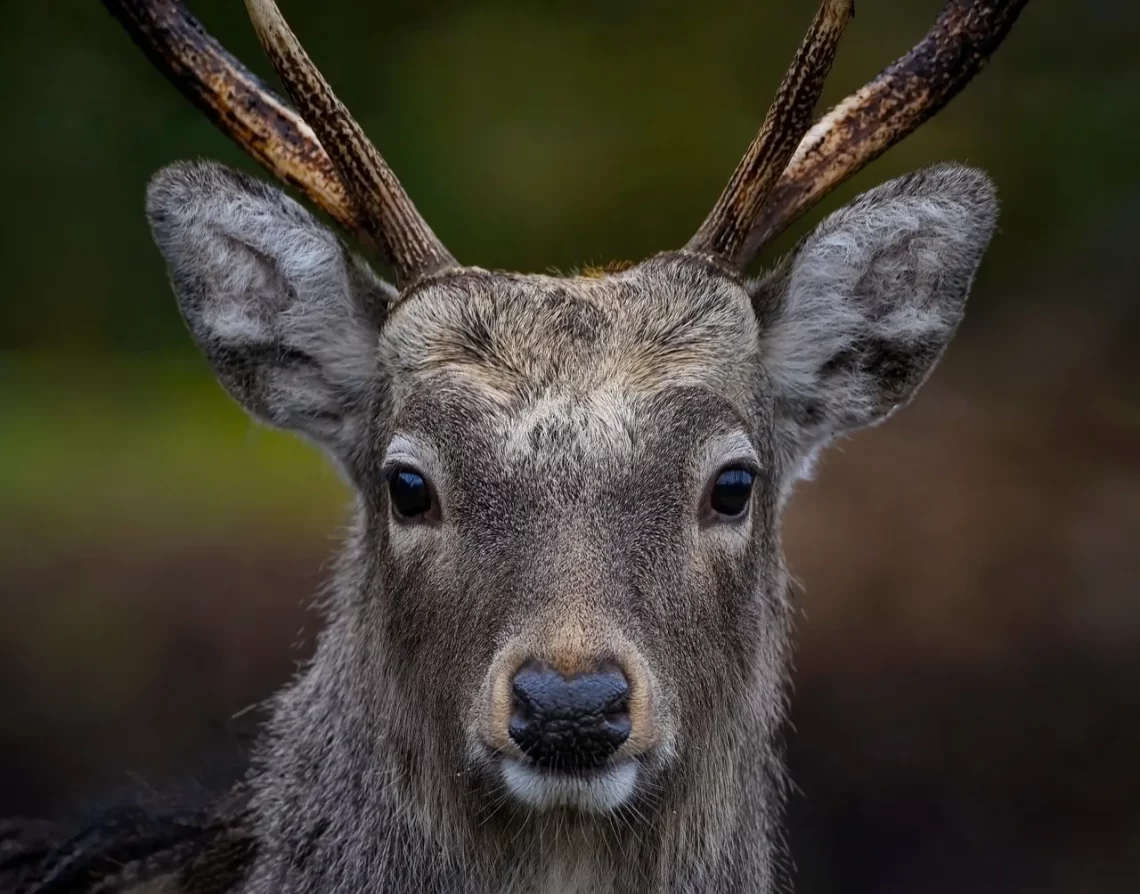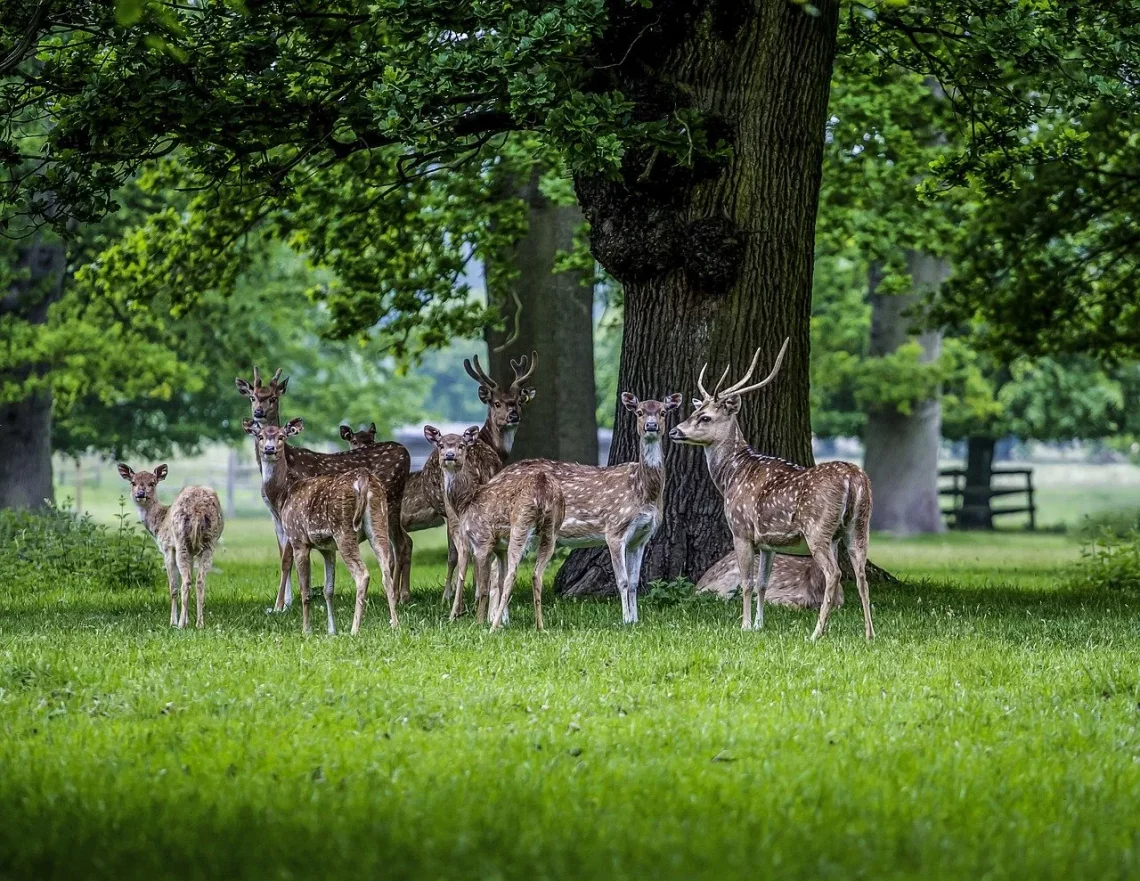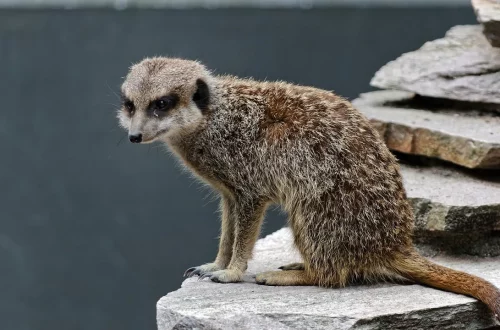-
How Long Can a Hedgehog Survive Without Oxygen?
Hedgehogs are fascinating creatures that capture the imagination of many. Known for their spiny exterior and nocturnal habits, these small mammals have adapted to various environments throughout the world. As intriguing as they are, understanding their biology and behavior is crucial to their conservation and well-being. One of the lesser-known aspects of hedgehog biology is their oxygen requirements and how they cope with low oxygen conditions. In the wild, hedgehogs face numerous challenges, including predators, habitat loss, and changes in their environment. Among these challenges, oxygen supply is critical for their survival, especially in situations where they may find themselves in confined spaces or under stress. Investigating how long a…
-
The Fascinating Life Cycle of the Pumpkin Caterpillar Explained
The fascinating life cycle of the pumpkin caterpillar is a subject that captivates both entomologists and nature enthusiasts alike. This remarkable insect, scientifically known as the Cucullia convexipennis, is closely associated with the pumpkin plant and is a key player in the ecosystem. Understanding its life cycle not only enlightens us about this specific caterpillar but also sheds light on the broader ecological relationships that exist within our gardens and agricultural lands. From egg to adult, the pumpkin caterpillar undergoes a series of transformative stages that illustrate the complexity of nature’s design. Each phase of its life is intricately linked to environmental factors such as temperature, humidity, and the availability…
-
The Unique Relationship Between Horses and Beehives in Nature
The intricate web of life on our planet often reveals surprising connections between seemingly disparate elements. One such fascinating relationship exists between horses and beehives, two entities that may appear unrelated at first glance. Horses, as magnificent and intelligent creatures, have long held a special place in human culture, symbolizing strength, freedom, and grace. They inhabit a variety of environments, from lush pastures to rugged terrains, and possess a unique ability to adapt to their surroundings. On the other hand, beehives, bustling communities of bees, serve as vital players in the ecosystem. These tiny yet industrious insects are essential for pollination, which is crucial for the growth of many plants…
-
The Fascinating World of Fat Bees and Their Role in Nature
Bees have long captivated the human imagination, not just for their industrious nature but also for their complex social structures and vital ecological roles. Among the diverse species of bees, fat bees stand out due to their unique characteristics and behaviors. These robust pollinators are an essential part of our ecosystems, contributing significantly to the food chain and biodiversity. While many people may be familiar with honeybees and bumblebees, the world of fat bees offers a fascinating glimpse into the often-overlooked aspects of bee life. Fat bees, often characterized by their plump bodies and fuzzy exteriors, are not only visually distinct but also play crucial roles in pollination and the…
-
Do Deer Eat Walnuts? Understanding Their Diet and Preferences
Deer are fascinating creatures that roam across various landscapes, from dense forests to open fields. Their diet is a vital aspect of their behavior and ecology, influencing not only their health but also the overall balance of their habitats. As herbivores, deer primarily consume a wide range of plant materials, adapting their feeding habits to the seasons and availability of food sources. This adaptability allows them to thrive in diverse environments, making them a common sight in many parts of the world. The diet of deer varies significantly depending on species, habitat, and seasonal changes. They are known to graze on grasses, leaves, fruits, and nuts, showcasing their opportunistic feeding…
-
Do Deer Eat Walnuts? Exploring Their Dietary Preferences
Deer are one of the most fascinating creatures in the animal kingdom, often associated with serene landscapes and natural beauty. These graceful herbivores roam the forests, meadows, and even suburban areas, captivating the hearts of many who encounter them. Their diet is diverse and varies significantly based on their habitat, season, and available food sources. While deer are commonly known to munch on grasses, leaves, and fruits, there is a growing curiosity about their consumption of nuts, specifically walnuts. Walnuts, known for their rich nutritional profile, are a popular snack for humans, often lauded for their health benefits. But how do these nuts fit into the diet of deer? Understanding…
-
The Fascinating World of Bug Poop: Nature’s Tiny Treasures
The natural world is filled with wonders, many of which remain hidden in plain sight. Among these marvels are the often-overlooked excretions of insects, commonly referred to as bug poop. While the thought of insect droppings may not evoke feelings of fascination, these tiny treasures play a surprisingly vital role in our ecosystems. They are not simply waste products; rather, they are intricate components of nutrient cycles, seed dispersal, and even soil health. The study of insect feces offers insights into the behaviors and interactions of various species, revealing a complex web of life that thrives beneath our feet. Insects are among the most diverse organisms on the planet, and…
-
The Allure of the Tanned Wolf: Nature’s Stunning Canine Beauty
The striking beauty of nature is often embodied in its wild inhabitants. Among these creatures, the wolf stands out as a symbol of strength, loyalty, and elegance. With its piercing gaze and majestic presence, the wolf has captivated human imagination for centuries. The allure of the tanned wolf, in particular, highlights the intricate interplay between its physical attributes and its natural environment. This striking coloration not only serves as a camouflage mechanism but also emphasizes the wolf’s adaptability and resilience in diverse habitats. Wolves, as social animals, display complex behaviors and a fascinating pack dynamic. Their social structure is often compared to that of humans, showcasing traits such as cooperation,…
-
Exploring the Fascinating World of Berber Skinks in Their Natural Habitat
The Berber skink, a captivating creature found primarily in the arid landscapes of North Africa, offers an intriguing glimpse into the adaptive strategies of reptiles in extreme environments. These lizards are not only remarkable for their physical appearance but also for their behavioral adaptations that allow them to thrive in the harsh conditions of their natural habitat. With a slender body, smooth scales, and a unique coloration that blends seamlessly with their surroundings, Berber skinks are a testament to the wonders of evolution. Their habitat consists mainly of sandy dunes, rocky outcrops, and sparse vegetation, where they have developed a range of survival skills. These include burrowing behavior that provides…
-
Do Shrimp Eat Algae? Exploring Their Dietary Habits and Benefits
Shrimp are fascinating creatures that inhabit a variety of aquatic ecosystems, from freshwater rivers to the depths of the ocean. Their adaptability and diverse feeding habits have made them a significant part of the aquatic food web. Often overlooked, these tiny crustaceans play a vital role in maintaining the health of their environments. With a diet that can vary widely based on their habitat and available food sources, shrimp have developed unique feeding strategies to thrive in both natural and controlled settings. In aquaculture and marine biology, understanding the dietary habits of shrimp is crucial for optimizing their growth and health. Many aquarists and scientists are particularly interested in what…
